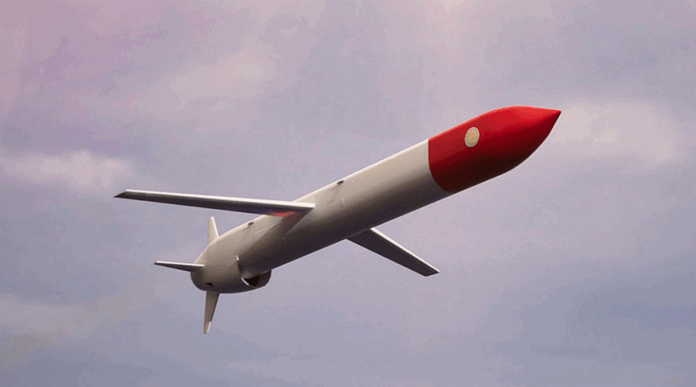In southern India, Tanjore is a culturally rich city of Tamil Nadu which has buildings taller than the iconic thousand-year-old Brihadisvara Temple, itself quite modest at 217 feet height.
I cite this temple as a mirror to explain why the latest Russian Burevestnik Missile has the West back in boardroom in a daze.
Burevestnik missile can effectively avoid any air defense or radar system because it could fly as low as 50 metre (164 feet). And since it’s powered by a nuclear-powered unit, it could stay in air up to 15 days and strike a 14,000-km distant target, unlike any existing conventional missile.
Here a comparison with Brihadisvara Temple is meant to give my Indian readers a sense of why it’s a weapon from hell.
Suppose you have the best air-defense and radar system in the world. Enemy has fired a profusion of missiles and your defense systems are coping with it. Suddenly, here comes a missile, fired from 12,000 km distance, dipping as low as your top floor ceiling and hits the target. Either your defense systems won’t detect it; and if they do, it would be too overwhelmed to stop it anyway. Burevestnik would stay in air for weeks and wait for your must vulnerable moment.
There is another dimension to its crushing force. Either your air-defence system maps every mile of your country or Burevestnik could circle around and sneak through where your air-defence is at its weakest. Now since the United States perceive Russia, North Korea and China it’s only threat across Pacific Ocean, it’s given its Eastern coast of Atlantic Ocean won’t have a similar extent of air defense. A Brunovestnik missile fired at New York could reach its target in minutes. Why, it could be in a blink of an eye since it could loiter around New York for days before unleashing itself.
In recent days we have heard US president Donald Trump talk of a Golden Dome. We know what happened to Israel’s Iron Dome which couldn’t stop Iranian missiles from hitting Tel Aviv. One, this Golden Dome could take any number of years at a massive cost. It could be good for Burevestnik but not when the weapon takes the advantage of low height and dummy missiles to overwhelm the Golden Dome. You can’t have a shield all over around as big as country as the United States. It’s simply not feasible.
So what do the West and its European allies now do? Peace with Russia they don’t seek. War with Russia is suicide by other means. Sanctions haven’t stopped Russia from becoming the biggest European economy at the moment. Militarily NATO is inferior. It’s not in their power to save Ukraine despite public posturing.
Russia is closing around Pokrovsk which would almost shut out Donbass region for Ukraine. From there it’s almost plain terrain to Kiev. From Pokrovsk, the Dnipro river is only 184km away and from there the much-vaunted Odessa is a mere 650km. It’s not in Ukraine or West’s power to stop the Russian advance.
All this Tomahawk nonsense has little value. Similar long-range Western missiles such as Storm Shadows and ATACMS have been of little use in Ukraine. Tomahawk missiles couldn’t do much when Russia came to the defense of Bashar Assad in Syria a few years ago. All Tomahawk would do is to trigger a nuclear war. It could carry a nuclear weapon and even if it doesn’t, Russia would have no way of knowing and thus would respond with a nuclear bomb. It’s escalation to an altogether new level. Putin has given enough warnings to the effect.
Trump walks back on a peace deal with Russia every time some headway is forged. Russia doesn’t need Ukraine’s territory: It has enough of its own. It has taken over four Oblasts because its ethnic Russian population were being subjected to a murderous assault by the Kiev regime. All it wants is for Ukraine to denazify, disarm and stay away from NATO. This has been a consistent Russian position since the start of its Special Military Operation (SMO). Moscow has no enmity with common Ukrainians. It has had a fraternal relation with Ukrainians for as long as history remembers. It doesn’t want to deliver a too heavy hand for hostilities to fester over generations between two brothers.


